The Indian Premier League is on a meteoric rise right now. In 2018 it saw global viewership increase by nearly 40% on the previous year and the amount of money received through sponsorship/advertising was double what it was in 2017. On top of this the league is seeing a huge increase in the amount of money being spent in the player auctions and on player wages.
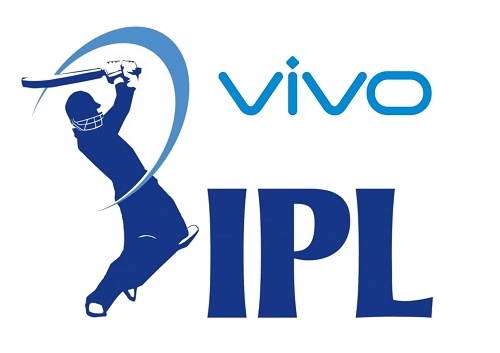
This is big news for cricket in India and for the sport on the whole, and if things continue at this pace the IPL could rival some of the biggest leagues in the world, including the EPL and La Liga. However, while it’s easy to assume that the IPL is already flying high and capable of tackling these big leagues, once you dig a little deeper you begin to realize that it has a long way to go and needs to undergo some big changes if it’s going to accomplish this feat.
Adding More Teams
The biggest leagues in soccer have at least 20 teams, which creates more match-ups and more rivalries, and ensures the seasons last longer. This is important because it has a knock-on effect that guarantees more tickets, better TV rights and bigger sponsorship packages.
It also creates more competition, which in turn allows the organizers to relax the rules governing salary caps. British soccer is a prime example of why this is important. In England you have a top-flight of twenty teams that has seen 10 different teams either win or finish as runners-up in the last 26 years.
In Scotland, north of the border, they have a league of just 10 teams, creating a massive gulf between those at the top and those at the bottom, and since its inception in 1998 it has only been won by 2 different teams.
The tiered-system helps as it provides competition at multiple levels and the strong lower tiers in English football is one of the reasons why the top flight is so competitive. This isn’t easy with the franchise system, but the IPL can look to the NFL for inspiration. They have one major league that is broken into several divisional championships, creating local rivalries while also allowing for national games and funneling all teams into a single playoff race.
The IPL can also look to Rugby Union’s Super Rugby, where teams from South Africa, New Zealand, Australia, Japan and Argentina compete week to week, bringing many countries and many millions of fans together.
A Transfer System
Salary caps and preseason auctions are important for maintaining competitiveness in leagues like this, ensuring that no team buys their way to the top. However, if you look at the biggest leagues all around the world you realize that they got that way purely because people bought their way to the top.
The EPL was huge in the 90s thanks to the success of Man Utd and their strong youth system, but it’s huge now because of the billionaires in charge of Chelsea and Man City, and because it’s home to the best players in the world. It’s a similar story in Spain, where Barcelona and Real Madrid have effectively bought success for the league.
Fewer caps and restrictions, and a more open transfer policy will help to bring all the best players in the world to the IPL, which in turn will attract a more global audience. And while we may see a certain side dominate for a few years, in the long run it’ll even out. Just look at Chelsea, everyone thought their Russian billionaire owner would guarantee success for decades to come, but now they’re not even considered to be one of the top 3 teams in the league.
Cricket Betting
Yes, that is right. Betting. Studies done in the US has found that people who bet on the NFL watch 19 more games during the regular season than viewers who don’t. It is also seeing increased fan engagement and millennials to the sporting events.
At the moment, online betting in India is in a state of a grey market, and not many are aware that it is even possible to bet online from India. But with a growing economy and a great interest in cricket, legalizing should not only help curb the illegal black market that is gambling in India, but also increase the already huge interest in the IPL.
Growing Markets
Soccer is the biggest sport in the world because the teams at the top helped to make it that way. In the 1990s Manchester United operated like a multinational corporation, pushing their product to developing nations and creating training programs, schools, and events. Prior to that, international teams, as well as giants of the game like Liverpool and Real Madrid, did the same.
If the IPL wants to become the biggest league in the world then it needs to start cementing itself in developing nations, as well as countries like China and the United States, which tend to stick with homegrown sports but show an occasional fascination for foreign sports.
The IPL has already shown a desire to tread new ground when it became the first sporting event to be shown live on youtube in 2010, but there’s more work to be done.
How Big is it?
The IPL has grown a lot over the last few years and as mentioned at the outset of this guide, its value is growing almost exponentially. But it’s not even close to the biggest leagues in the world when you look at actual value.
According to consultancy firm Dull & Phelps, the IPL has a brand value of $6.3 billion. The English Premier League makes around $3 billion per year just in TV rights and its 10 biggest teams generate over $4 billion. No one has placed an exact figure on its total brand value, but it’s likely in the hundreds of billions. It will take a lot of work for the IPL to get anywhere near the EPL, but as the fastest growing league of the least 5 years, it has an outside chance of doing it.


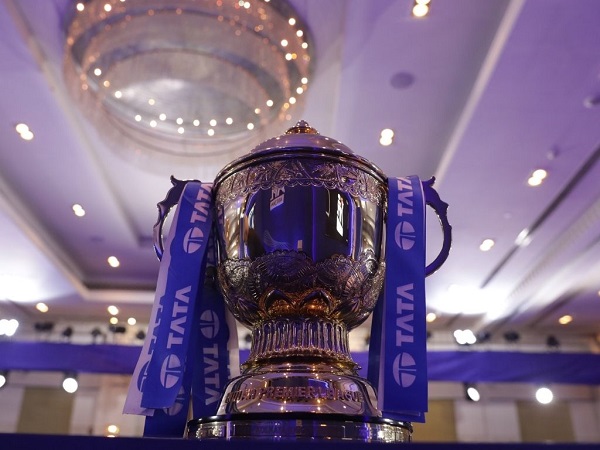
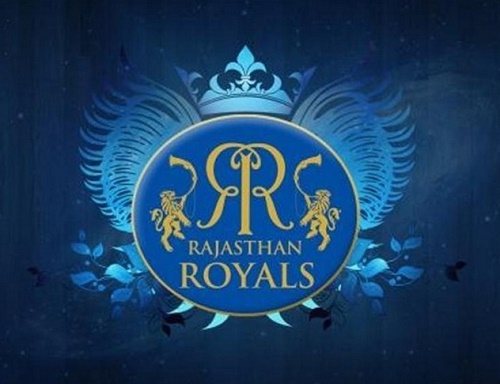
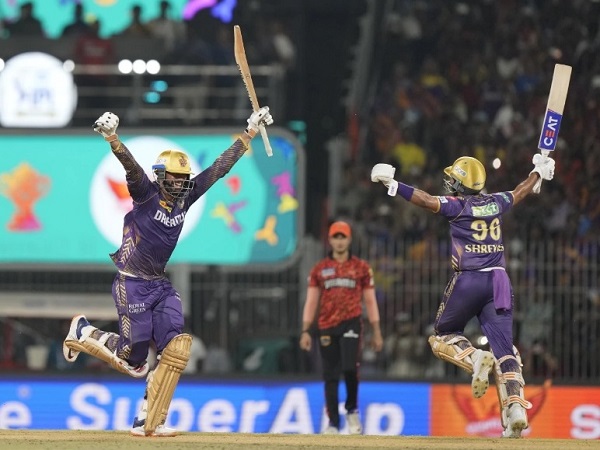
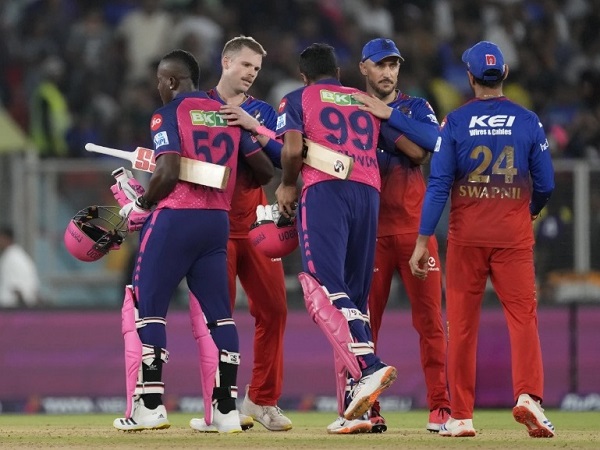
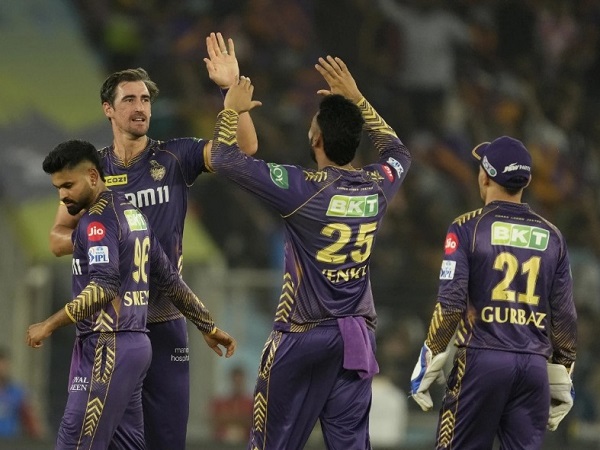
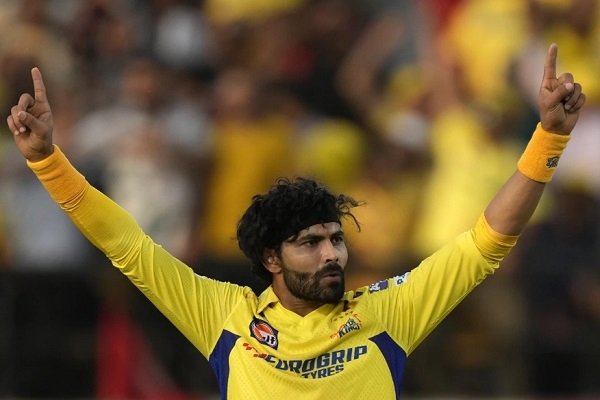
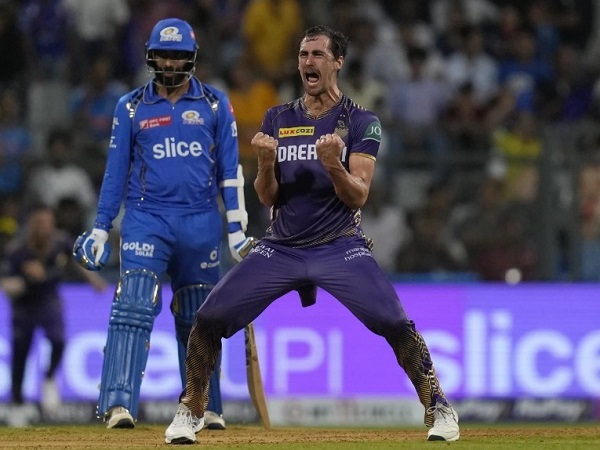
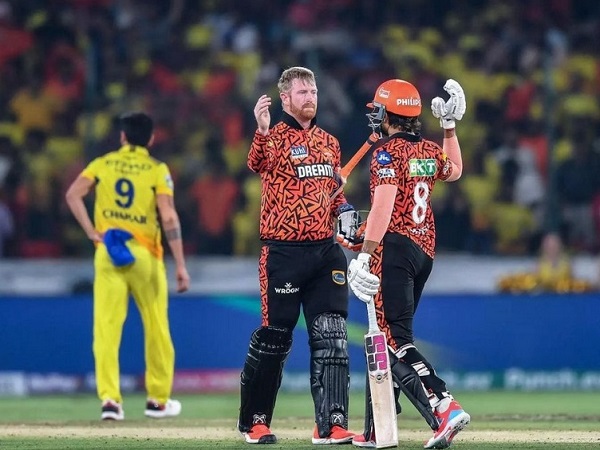
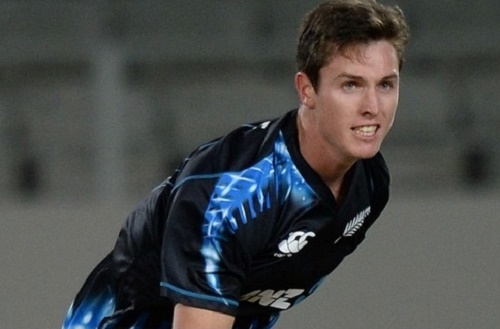
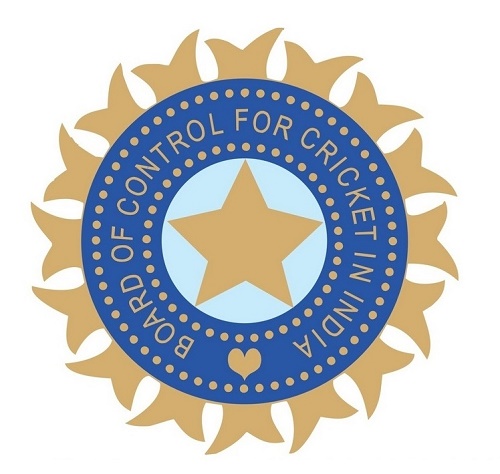
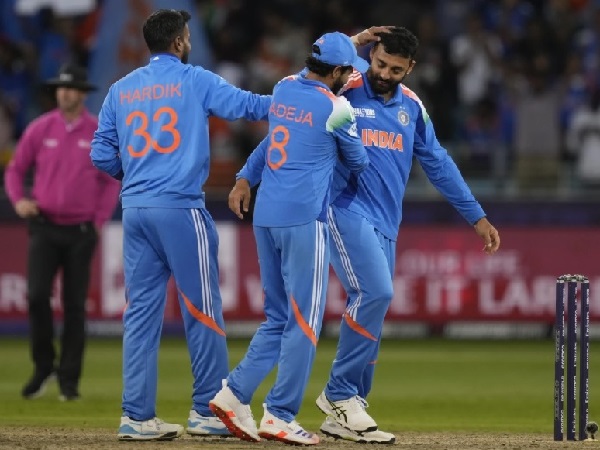
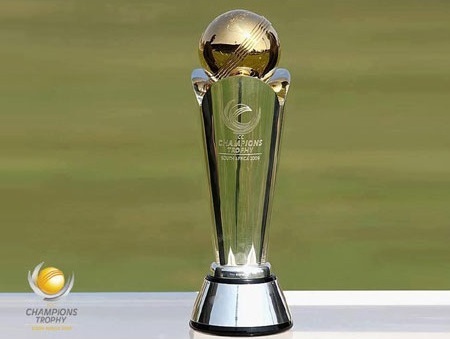
betchips
I agree Ipl is the biggest domestic t20 league in the world.thanks for sharing this article